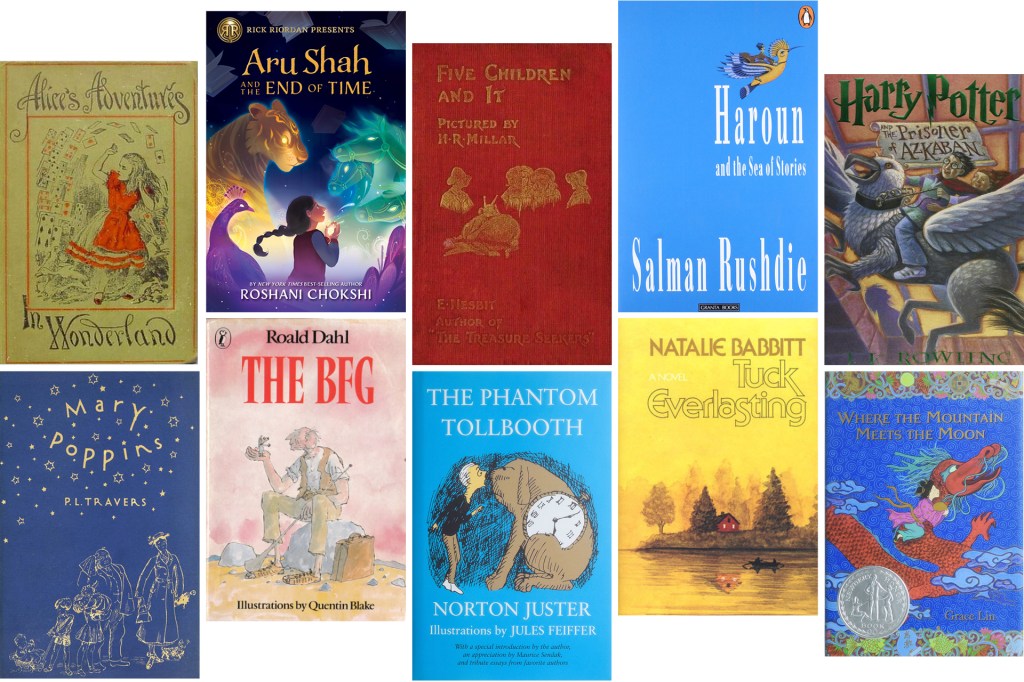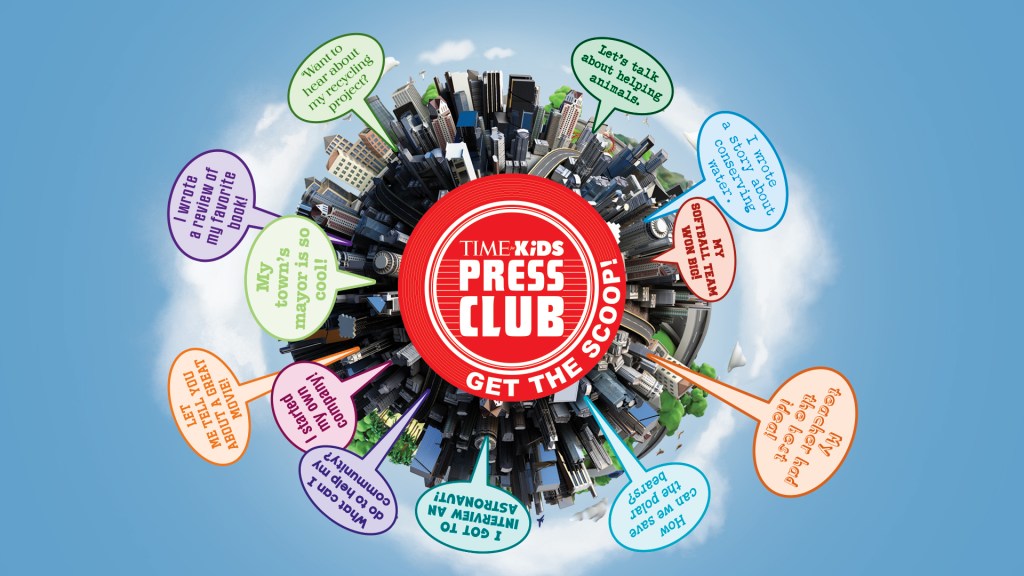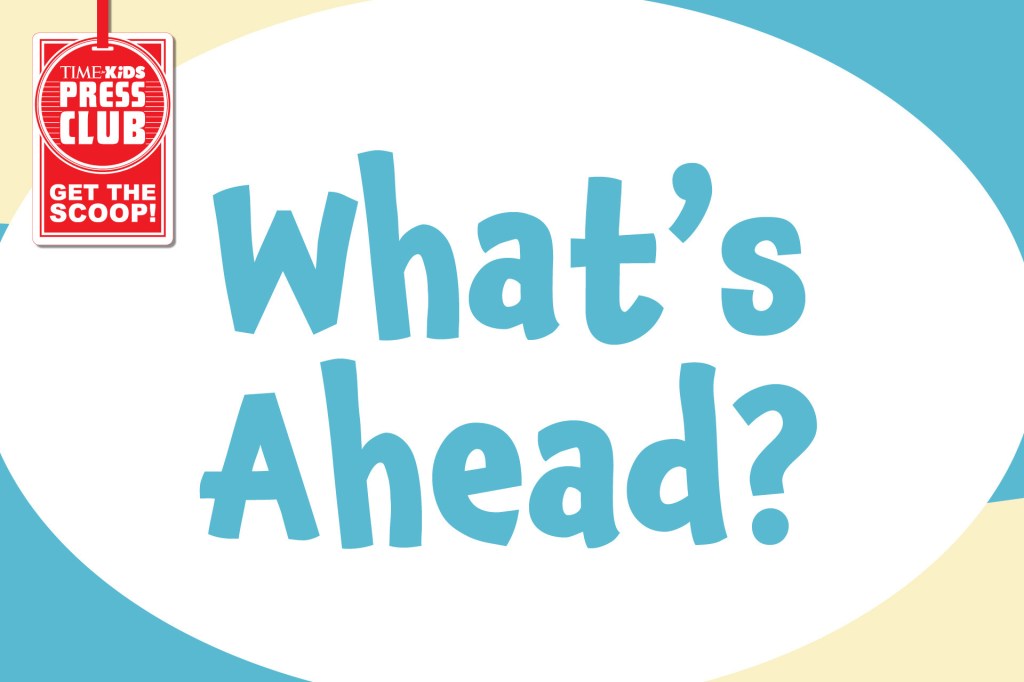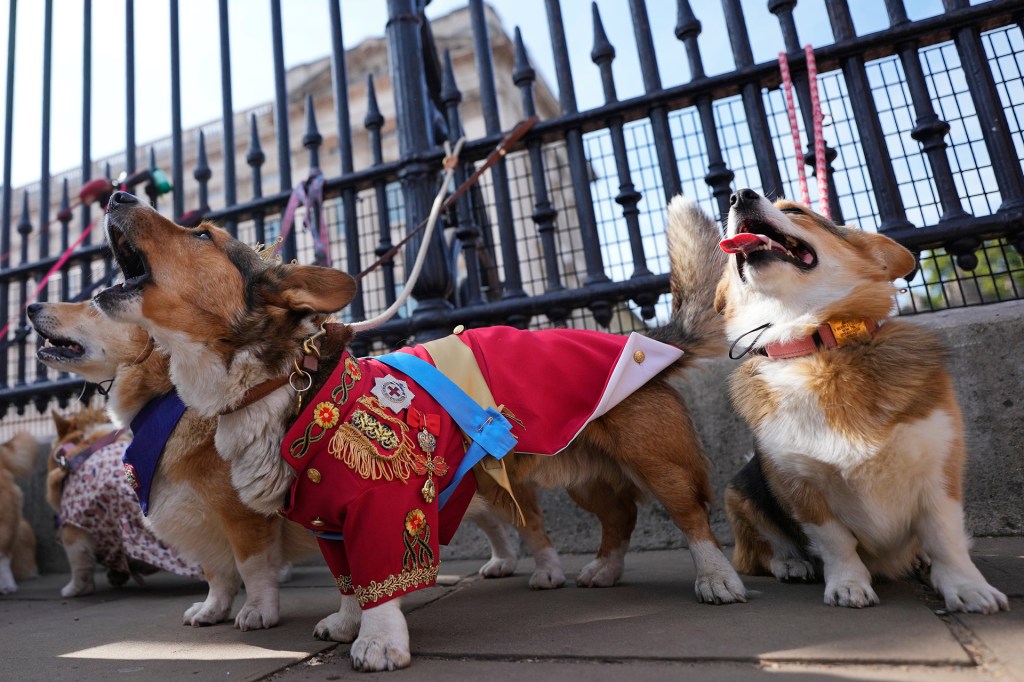Fantastic Classics

TIME created a list of the 100 best fantasy books ever. TIME for Kids editors chose 10 favorites for kids. Read about them here. They're listed in order of publication, beginning in 1865.
Alice's Adventures in Wonderland
More than 150 years after its publication, Alice’s Adventures in Wonderland, by Lewis Carroll, is still one of the most celebrated works in the history of literature. The book is about a curious girl who falls down a rabbit hole into a world of talking animals. It began as a series of stories that Carroll told to a friend’s three young daughters. When it was published, it changed children’s literature. Carroll introduced a playful, nonsensical style. It influenced writers for years to come. The book has inspired everything from operas to amusement-park rides to video games. —By Judy Berman
Five Children and It
Five brothers and sisters move into a summer home in the English countryside. They go digging in the nearby gravel-pits and make a curious discovery. At the bottom of a hole, they find a strange furry creature. They learn it’s a Psammead, or Sand-fairy. The Psammead has magical powers: It can grant each child one wish per day. But the wishes have unintended consequences. Five Children and It, by E. Nesbit, was published in 1902. It has never been out of print. —By Annabel Gutterman
Mary Poppins
P.L. Travers’s classic story contains one of the most fascinating main characters in the history of children’s literature: the peculiar and magical nanny Mary Poppins. The book follows Poppins after the east wind blows her to the home of the Banks family, on Cherry Tree Lane. The story has so much heart, it has inspired movies and music for generations. —By Annabel Gutterman
The Phantom Tollbooth
The Phantom Tollbooth is about a bored boy named Milo. One day, he drives his toy car through a tollbooth that’s mysteriously appeared in his bedroom. He’s transported to the Kingdom of Wisdom. This curious land is divided by a feud over whether numbers or letters are more important. Milo makes two friends there. Tock is a watchdog—literally. The Humbug is a giant insect who loves to brag. They journey to the Castle in the Air. Along the way, Milo discovers the true joy of learning. Author Norton Juster called the book an “accidental masterpiece.” It was inspired by his own childhood boredom. —By Megan McCluskey
Tuck Everlasting
Natalie Babbitt’s story follows young Winnie Foster as she comes to know the Tuck family. After drinking from an enchanted spring on the Foster's property, the Tucks have been granted immortality and will live forever. Winnie must keep their secret as outsiders try to profit from the powerful spring water. Along the way, she learns something important: The fact that life comes to an end gives meaning to all that comes before. —By Eliza Berman
The BFG
In The BFG, by Roald Dahl, the young and kind triumph over darkness and hardship no matter the odds. An orphan named Sophie is snatched from her bed in the dead of night by a mysterious 24-foot-tall being. He refers to himself as the BFG, or Big Friendly Giant. The pair form an unlikely friendship. But when Sophie learns that the BFG is the only vegetarian among his child-eating companions, she determines to put a stop to their murderous ways. —By Megan McCluskey
Haroun and the Sea of Stories
Haroun and the Sea of Stories follows a 12-year-old boy who lives in an ancient city “so ruinously sad that it had forgotten its name.” He goes on a mission to restore his father’s lost gift for storytelling. Author Salman Rushdie’s beautiful descriptions, playful language, colorful characters, and sense of humor make it a timeless adventure story. —By Judy Berman
Harry Potter and the Prisoner of Azkaban
Harry Potter and the Prisoner of Azkaban is the third of the seven Harry Potter books. It’s widely thought to be the best book in the series. In the novel, Harry and friends deal with soul-sucking Dementors, time travel and the prison escape of mass-murderer Sirius Black. They also begin to look outside the halls of the Hogwarts School of Witchcraft and Wizardry. As they do, they start to understand the larger battle against injustice that is brewing in their world. —By Megan McCluskey
Where the Mountain Meets the Moon
Young Minli lives with her poor parents in the valley of Fruitless Mountain. She loves to listen to her father share folktales about the Jade Dragon and the Old Man of the Moon. Determined to change her family’s fate, Minli sets off on an adventure to meet the Old Man of the Moon. Along the way, she’s introduced to magical creatures and befriends a dragon who can’t fly. Minli’s exploration is depicted with joy and pockets of sadness. In the story, author Grace Lin celebrates Chinese folklore and fairy tales. —By Annabel Gutterman
Aru Shah and the End of Time
To fit in at school, 12-year-old Aru Shah bends the truth. A lot. Aru’s mom works at the Museum of Ancient Indian Art and Culture. It’s there that Aru’s lies finally catch up to her. She tells her classmates there’s a curse on the museum’s Lamp of Bharata. To prove it, she lights the lamp—and accidentally awakens an ancient demon. To make things right, Aru must find the Pandava brothers. They are characters from an epic Hindu poem. They’ve died and been reborn in a new form. In Aru Shah and the End of Time, author Roshani Chokshi weaves Hindu myths and snappy writing into an exciting adventure. —By Annabel Gutterman












